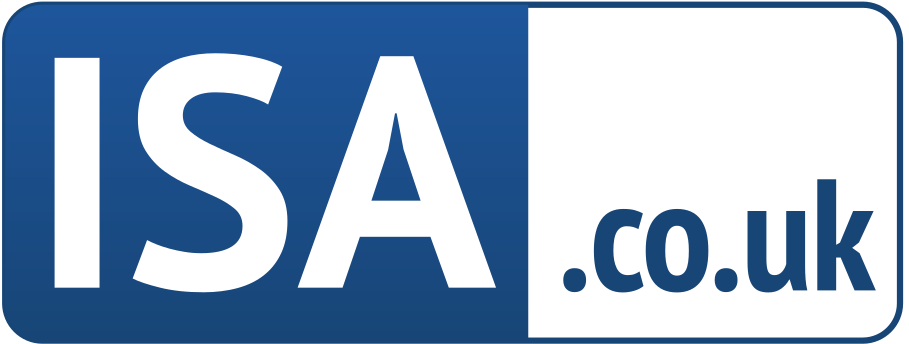All parents want their children to thrive financially when they become adults. Teaching your kids how to handle money from an early age is vital, and one great way to do this is to encourage them to save throughout their childhood journey.
How To Save Tax Free For Your Children’s Future
Giving them a little pocket money and encouraging them to put some aside each week in a piggy bank, is a great way to get them started.
But as kid’s grow, so do their expenses!
Before you know it, they’ll be wanting to learn to drive, go to college or university, and potentially have enough money to put down on a deposit for their first home.
Opening a Junior ISA account is not only a great way to help your child grow a nest egg for their future – with tax free benefits; it’s something you can encourage them to show an interest in, and at the same time teach them one of the most important life skills they’ll need – the value of saving and managing money wisely.
What is a Junior Isa?
Junior ISAs are a government backed initiative, introduced in 2011, to enable tax-free saving for under 18s, with no personal income or capital gains tax to pay on any growth.
The money is locked away until your child turns 18, so it’s a sure way to protect your child’s savings.
When they turn 16, they’ll be able to take control of the account and add money to it if they want to (which can be a great way to get them involved) but they won’t be able to withdraw any money until they turn 18 when it becomes theirs to spend or re-invest as they wish.
As well as parents and guardians, grandparents and any other key people in your child’s life can contribute to the Junior ISA, to help it grow.

Who is eligible to open a Junior ISA account?
Anyone with parental responsibility of a child up to the age of 18, living in the UK, can open and manage a Junior ISA.
If your child already has a Child Trust Fund (if they were born between 2002 and 2011), they can’t have a Junior ISA as well, but you can transfer it into a Junior ISA.
If you’re not sure if your child had a Child Trust Fund, visit the HMRC website and fill in their short form to check if your child had a Child Trust Fund and where it is held.
Each eligible child can only have one cash and one stocks and shares Junior ISA.
How much can you save in a Junior ISA – tax free?
In the current tax year 2020- 2021, the tax-free savings limit for Junior ISAs is £9,000
The allowance is reset every tax year and you can add a new allowance to your Junior ISA each tax year until your child turns 18.
What are the different types of Junior ISA available?
As with adult ISAs, there are two types of Junior ISA. It’s important to consider which type might be the best approach to building up a lump sum for your child to carry with them into adulthood.
Junior Cash ISA: Junior cash ISAs work in a similar way to a normal savings account, except that the money can’t be accessed until the child turns 18 and you don’t pay UK Income Tax on the interest your money earns.
Junior Investment Isa: With junior stocks and shares ISAs your money is invested in the stock market with the aim of getting a better return at the end of the term. You also won’t have to pay UK Income Tax or Capital Gains Tax on any of the returns.

Cash ISA or Investment ISA?
This mostly depends on whether you’re willing to take a risk with your money.
- Stocks and shares ISAs can generally give you a much better return on your investment.
- Many Investment ISAs now manage the funds for you and invest to a level of risk you’re comfortable with, so it’s definitely a viable option for your money.
- With Stocks and Share ISAs, the funds must be invested for at least 5 years, so if your child is over 13, a Junior Stocks & Shares ISA might not be suitable.
- As with all investments in the stock market, there is always some risk involved with an investment ISA.
- A Cash ISA can give more security for your funds, but the gains can be less attractive than the potential earning of investment ISAs.
- Market leading interest rates for Cash ISAs are at a record low rate at present, but many of them are variable, so may see an improvement down the line.
- You can of course, also split your money between one of each of these types of ISA to spread the risk.
If you decide to open a cash Junior ISA and a stocks and shares Junior ISA you will need to make sure you do not collectively exceed the Junior ISA allowance each tax year, as the allowance is shared over both types.

